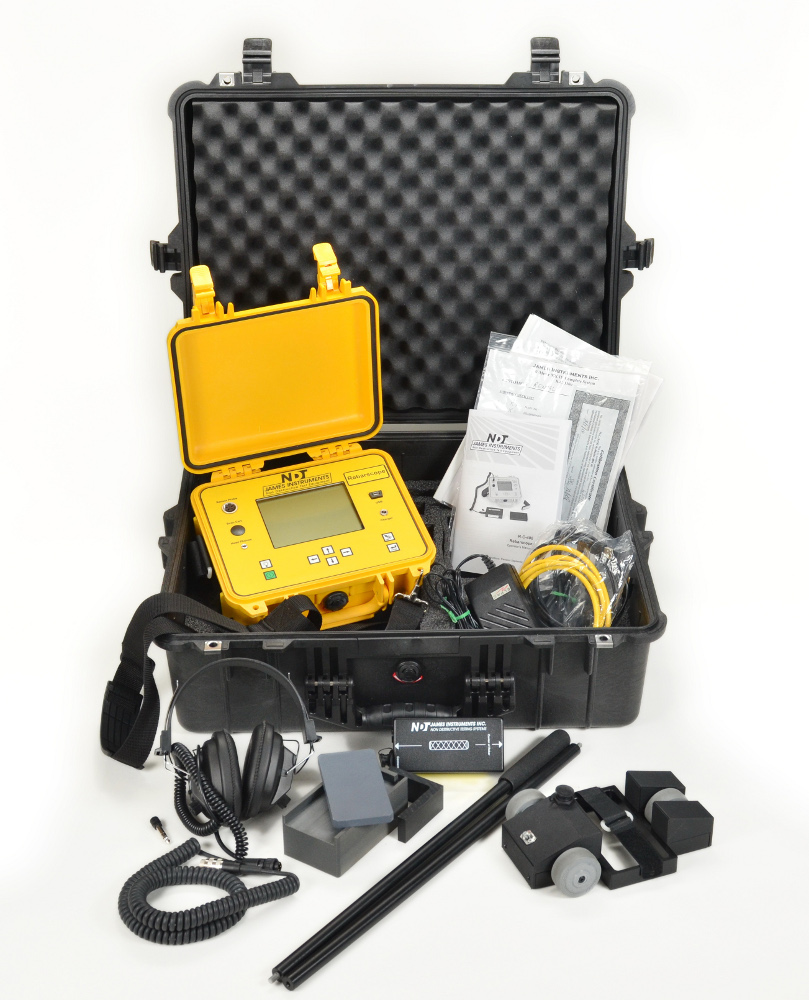Prevent & eliminate mold today!
FOR ADDITIONAL INFORMATION CONTACT US AT 888-217-2719!
At A-1 Environmental Testing, we provide mold testing for your home or office. Our indoor air quality testing will ensure that you do not have harmful mold in your air. We also perform meth lab testing in homes to ensure that no illegal activity is taking place in your residence. What we do in our mold inspection: 1) We test for the presence of elevated mold conditions within your indoor environment. 2) We test for the presence of toxic mold within your indoor environment.
It is very important to understand and realize that everyone is exposed to mold throughout their lives. Exposures to mold are virtually inevitable in everyday life because mold of one kind or another is ever-present in the outdoor and indoor environment. Such exposures can be considered “tolerable,” “unavoidable,” or “acceptable” for the majority of healthy people.
Mold grows throughout the natural as well as the built environment. Tiny particles of mold are present in both indoor and outdoor air. Mold produce microscopic cells called “spores” which are extremely tiny and spread easily through the air. This is how they reproduce. Mold spores are present through the indoor and outdoor air continually. When mold spores land on a damp spot indoors, they may begin growing and digesting whatever they are growing on in order to survive. There are mold that can grow on wood, paper, carpet, and foods. When excessive moisture or water accumulates indoors, mold growth will often occur, particularly if the moisture problem remains undiscovered or un-addressed. There is no practical way to eliminate all molds and mold spores in the indoor environment. The way to control indoor mold growth is to control moisture.
Controlling Moisture The most critical step in solving a mold problem is to accurately identify and rectify the moisture sources that allowed the growth to occur. In order to prevent mold from growing, it is imperative that water damaged areas be dried within a 24-48 period. If mold is a problem in the home, the mold must be cleaned up and the excess water or moisture removed. There are many common sources of excess moisture that can contribute to indoor mold growth. Some of the primary means of moisture entry into homes and buildings are water leakage (such as roof or plumbing leaks), vapor migration, capillary movement, air infiltration, humidifier use, and inadequate venting of kitchen and bath humidity. Temperature must also be considered because of its role in moisture transfer and condensation. The key is to reduce indoor humidity and identify the molds’ point of origin.

Indoor Air Quality Testing
Mold Sampling Methods:
Surface Sampling Surface sampling can be useful for differentiating between mold growth and stains, for identifying the type of mold growth that may be present and, in some instances, identifying signs of mold growth in a general vicinity. Surface sampling can improve the accuracy of the results and interpretation of the inspected environment if sampled correctly, although not required. The following are the different types of surface samples that are commonly used to perform a direct examination of a specific location:
Swab These are very similar to tape samples except for a sterile wipe (looks like a long Q-tip) is used to test an area of suspected mold. Samples obtained using this method can be analyzed using culturing or direct microscopy.
Tape (or tape-lift)
These samples can be collected using clear adhesive tape or packing tape. For microscopic examination of collected particles, adhesive tapes must be of good optical quality and compatible with any stains the analytical laboratory may use on the specimens. Easily removed material is collected by touching the tape gently to a test surface and removing the tape with a steady force.
Bulk These are portions of environmental materials (e.g., settled dust, sections of wall board, pieces of duct lining, carpet segments, or return-air filters) tested to determine if they may contain or be contaminated with biological agents. The objective of such sampling is to collect a portion of material small enough to be transported conveniently and handled easily in the laboratory while still representing the material being sampled. Samples obtained using this method can be analyzed using culturing or direct microscopy.
Air Sampling Methods
Air samples are possibly the most common type of environmental sample that investigators collect to study bioaerosols. The physics of removing particles from the air and the general principles of good sample collection apply to all airborne materials, whether biological or other origin. Therefore, many of the basic principles investigators use to identify and quantify other airborne particulate matter can be adapted to bioaerosol sampling. Common to all aerosol samplers is consideration of collection efficiency.
The following are the two most common forms of air sampling methods:
1. Micro5 The Micro5 Microcell uses spore trap cassettes in conjunction with a portable air pump to rapidly collect airborne aerosols including mold, pollen and other particulates. Air is drawn through a small opening at the top of the cassette and spores are trapped on a sticky surface inside the cassette.
2. Air-O-Cell These are similar to the Micro5 spore trap cassettes in that they are also used in conjunction with portable air pumps. The difference is in the air flow sampling rate. Mold Testing Purposes
Contamination Sources If the source of moisture is not easily detected, mold testing can prove beneficial. Often a roof leak or a plumbing leak can be identified as the source. The difficulty arises when there is an odor present or when an occupant shows signs of mold exposure but no visible mold is discovered.
Scope of Remediation/Restoration The area that is contaminated and the extent of the contamination will determine the scope of the remediation required. Following the completion of the remediation process, mold testing should be performed to obtain clearance.
FOR ADDITIONAL INFORMATION CONTACT US AT 888-217-2719!
